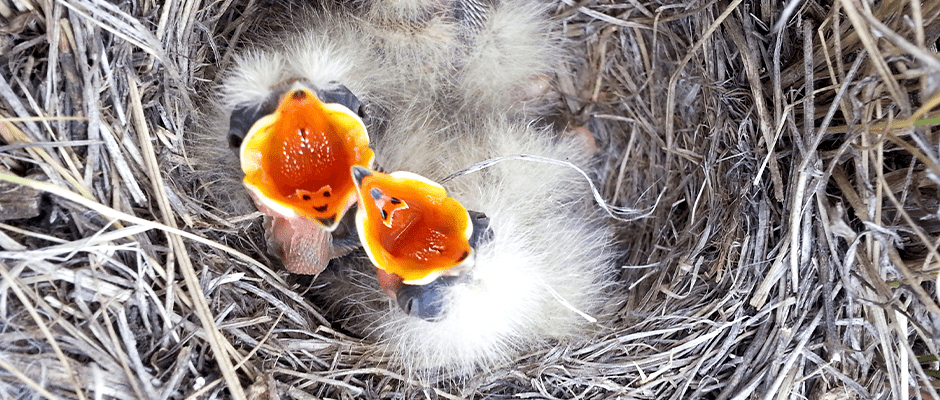Share this article
Birds adapt to novel ecosystems across the world
Conservationists have long called for restoring landscapes as much as possible to the way they were before humans altered them, but they’ve started embracing the idea that nonnative plants can sometimes help sustain native wildlife. Looking at two of these novel ecosystems, the grasslands of Oregon and the city gardens of Australia, researchers recently demonstrated that endemic birds take advantage of the resources offered by the nonnative vegetation comprising these modified habitats.
“This is not rocket science,” said Patricia Kennedy, first author on the study published in Ecosphere. “Some animals utilize nonnative vegetation. Some do not. We need to think more critically about restoration priorities. Some nonnative plants are providing resources for birds, and the birds are doing fine.”
To test the prediction that native wildlife use novel ecosystems when they provide structure and resources similar to the original habitat, Kennedy, a professor with Oregon State University’s Department of Fisheries and Wildlife, and her collaborators looked at breeding birds in two habitats. They examined how plant origin and vegetation structure related to nesting success on the vast Zumwalt Prairie Preserve in northeastern Oregon and to the presence of birds in 2,000 gardens across the western Australian city of Perth.
As expected, the researchers found there was no one-size-fits-all response to novelty.
“For some species, nonnative vegetation didn’t influence their presence or nesting success, and some species were influenced by the presence of native vegetation,” Kennedy said.
Gardens with nonnative plants that look like native ones provide habitat for birds such as the grey butcherbird (Cracticus torquatus) and red-capped robin (Petroica goodenovii), she said. But certain native birds like the New Holland honeyeater (Phylidonyris novaehollandiae) use gardens more frequently if they have endemic vegetation. On the Zumwalt prairie, Kennedy said, western meadowlarks (Sturnella neglecta) can nest successfully in well-structured non-native vegetation, but Savannah sparrows (Passerculus sandwichensis) do better in areas surrounded by native grassland.
Previous research has also indicated that novel shrubs can benefit avian fruit-eaters, she said.
“Ten years ago, every nonnative plant was considered bad,” Kennedy said. “It was a war on weeds. Treating a disturbance like that didn’t make sense. Wildlife could use nonnative vegetation in some situations. It might provide suitable habitat.”
Header Image: Nestlings of the horned lark, one of the species studied on the Zumwalt Prairie Preserve in northeastern Oregon, beg for food in an open ground nest. ©Kati Fleming








